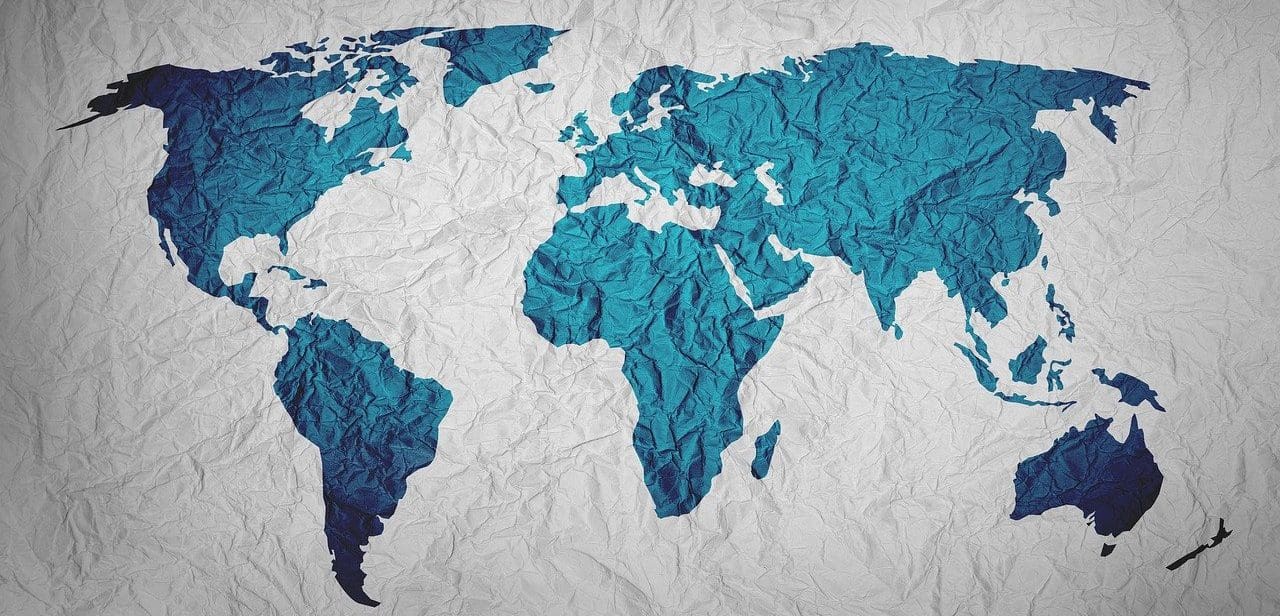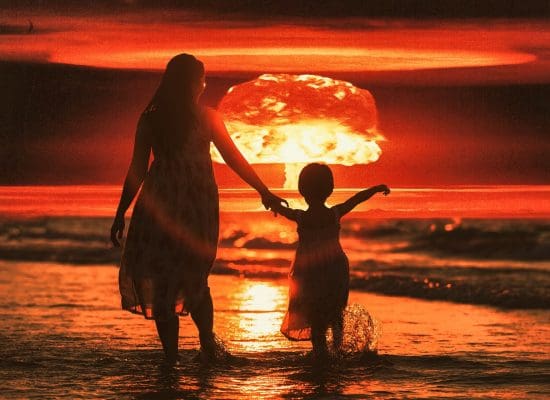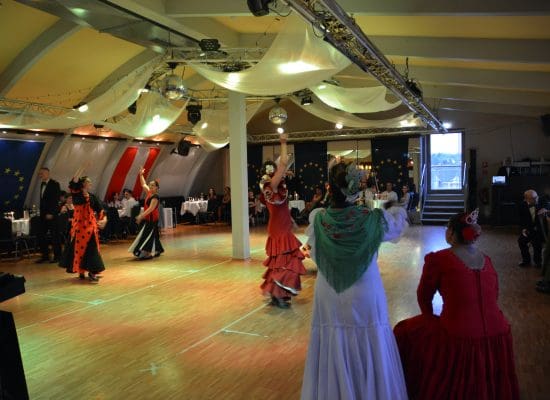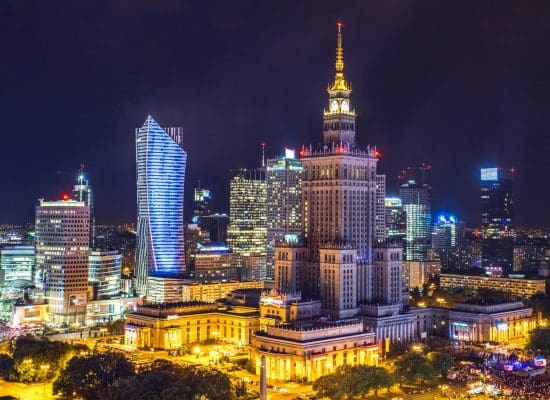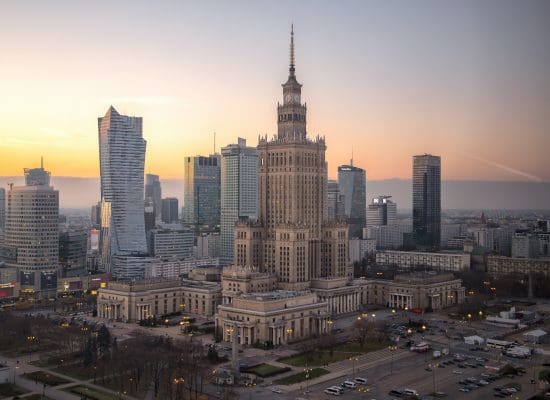Post photo: world map | © Pixabay
If you follow the basic idea of the European federalists, the real goal of European integration is the world union. This was also laid down in the Hertenstein program [1946] in 1. Of course, it was also clear to the signatories of this groundbreaking document that this bold demand was a vision for a distant future. But if you want to help shape the future, you also need a relevant goal, ideally even a clear vision of this desirable future.
Even if it is known that this is not a near but rather a distant future, and we also have to assume in our deliberations that it is only one of many possible futures, this distant future will definitely be a common world . And this, in the eyes of the European federalists, a world union.
And the authors of the Hertenstein program also had a clear objective for this one desirable world: in contrast to communist or more “economically liberal” utopias, the world union is always democratic and federal; a more detailed definition of this future was deliberately avoided.
Since the world will continue to turn, at least until then, and the “end of history” [2], which was believed to have been reached a few years ago, represents a possible, albeit now rather unrealistic version of the future, there must be certain guidelines and intermediate goals for this path give to a world union. But here too, the European federalists were groundbreaking: “By proving that it can solve its own questions of fate in the spirit of federalism, Europe should make a contribution to reconstruction and to a world league of peoples.” [3]
Today many of us live in the European Union and even more people would like to live in it. But the EU that now exists, with all its highs and lows and the constant conflict between Europeans and nationalists, represents just another intermediate step in the course of history, but it already has its own political structure, namely as a hybrid [4] between federal states and confederation of states, set possible course for our future future.
Already George Washington With his idea of a United States of Europe, he had some idea of what a future Europe should look like. And this idea – to have a Europe like the United States of America – quickly won sympathizers after the end of the Second World War, not least because the USA, at least at that time, was the non-plus-ultra of a successful one for most people state represented. The European federalists could not escape this mood and therefore also demanded the creation of the United States of Europe. And many of them still believe today that the United States of Europe is the logical progression of the European Union.
Irrespective of this possible further development of the EU and even with its likely associated enlargement, this will only be a further intermediate and perhaps even a step backwards on the way to a world union.
Because at the beginning of the European Union, when the European Communities were founded, the European federalists were already a few steps further conceptually. Their ideas, on the one hand a “Transatlantic solution” [5] and on the other hand a “Eurafrica” [6], were probably sacrificed in the conflict with the nationalists, who were regaining strength far too quickly, in order to pragmatically achieve a “Little European” solution first. At the same time, many opportunities that these two ideas contained were missed. We will probably have to live with the resulting consequences - currently very obvious the uncontrollable migration movements and the less visible, horrendous losses in efficiency - for the next few decades.
The most bitter consequence of this, however, is the fact that many European federalists now seem to believe that a "Greater Europe" is compatible with the European idea itself. This is not the case, because this would only be the European nation-state that many dictators have dreamed of for centuries and sacrificed millions upon millions of people for!
This is not the only reason why we must hold on to our vision of a world union and try to combine the diverse approaches to further unifying the world that already exist. We can build on more foundations than many of us are aware of: an increasing “globalization” of the economic and financial systems, a global transport infrastructure, the Internet as a global communication platform and a rudimentary political structure with the United Nations [7] and its sub-organizations.
There are now approaches around the world to break up existing national structures and replace them with intergovernmental solutions. For the European Union, simply because of its direct neighborhood and similar ideological orientation, the following “mergers” are conceivable: a Transatlantic Union as a logical expansion of NATO and Eurafrica, which was last envisaged in the Treaty of Rome. Both connections would not contradict a rapprochement with the recently created “Eurasian Union” [8].
The Transatlantic Union
Based on the North Atlantic Treaty, the Transatlantic Union (TU) could be realized. The European Union, the United States of America and Canada are already three possible members. The further design of the TU would focus on a reorientation within all American states. It would be conceivable that both a North American Union [9] and a Union of South American Nations [10] would be formed within America, which could then become members of the TU both separately and together as the American Union.
Interestingly, there is a certain lack of clarity in the separation of the two “blocks” between North and South, as well as between Europe and Africa.
Eurafrica
Using the EU as an example, the African states have also begun to come together in an African Union (AU)[11]. Similar to the European unification, this project will also be realized over decades. But regardless of this development and probably even promoting it, one could revive the old idea of a Eurafrica. The EU could better meet its responsibility towards Africa and also benefit from equal cooperation between the two “blocs”. A merger of the EU with the AU would be advantageous for both parties in the long term and, as with the American states, could take place either alone or within the framework of the TU. The "fuzziness" between the two "blocks" can be resolved by the ancient or a more modern idea of Europe.
Australia and New Zealand
Taking European history into account, these two countries must not be ignored and, if necessary, they must also be allowed to join the TU.
Conclusion
It is up to all of us to hold fast to our successful vision of a peaceful world, always united by the ideas of freedom and democracy and, last but not least, always federally structured.
We must also accept that the EU is not the measure of all things, but the first step towards a common future for mankind.
And just as the continental plates are shifting, there will always be new blocks, new constellations and new mergers among the states and state federations.
However, we must never lose sight of our common goal - the world union - because history goes on incessantly and this to the end of the world.
——————————————————————————————————
[1] Hertenstein Program of the European Federalists (Hertenstein, Switzerland, 1946)
[2] The End of History? (Essay by Francis Fukuyama, 1989)
[3] Article 12 (Hertensteiner Program)
[4] “Europe’s diversity – its wealth, its burden” (article by Christian Moss, 2015)
[5] The North Atlantic Treaty (April 4, 1949, preamble)
[6] Robert Schuman: “For Europe” (2nd edition 2010, page 104)
[7] Charter of the United Nations (June 26, 1945, preamble)
[8] Eurasian Union starts work (tagesschau.de, January 01, 2015)
[9] Building a North American Community - Report of an Independent Task Force (2005)
[10] Cuzco Declaration (December 8, 2004)
[11] Sirte Declaration (September 9, 1999)
"It is that the world be made fit and safe to live in; and particularly that it be made safe for every peace-loving nation which, like our own, wishes to live its own life, determine its own institutions, be assured of justice and fair dealing by the other peoples of the world as against force and selfish aggression. All the peoples of the world are in effect partners in this interest, and for our own part we see very clearly that unless justice be done to others it will not be done to us.”
Woodrow Wilson, Fourteen Points speech (January 8, 1918)
